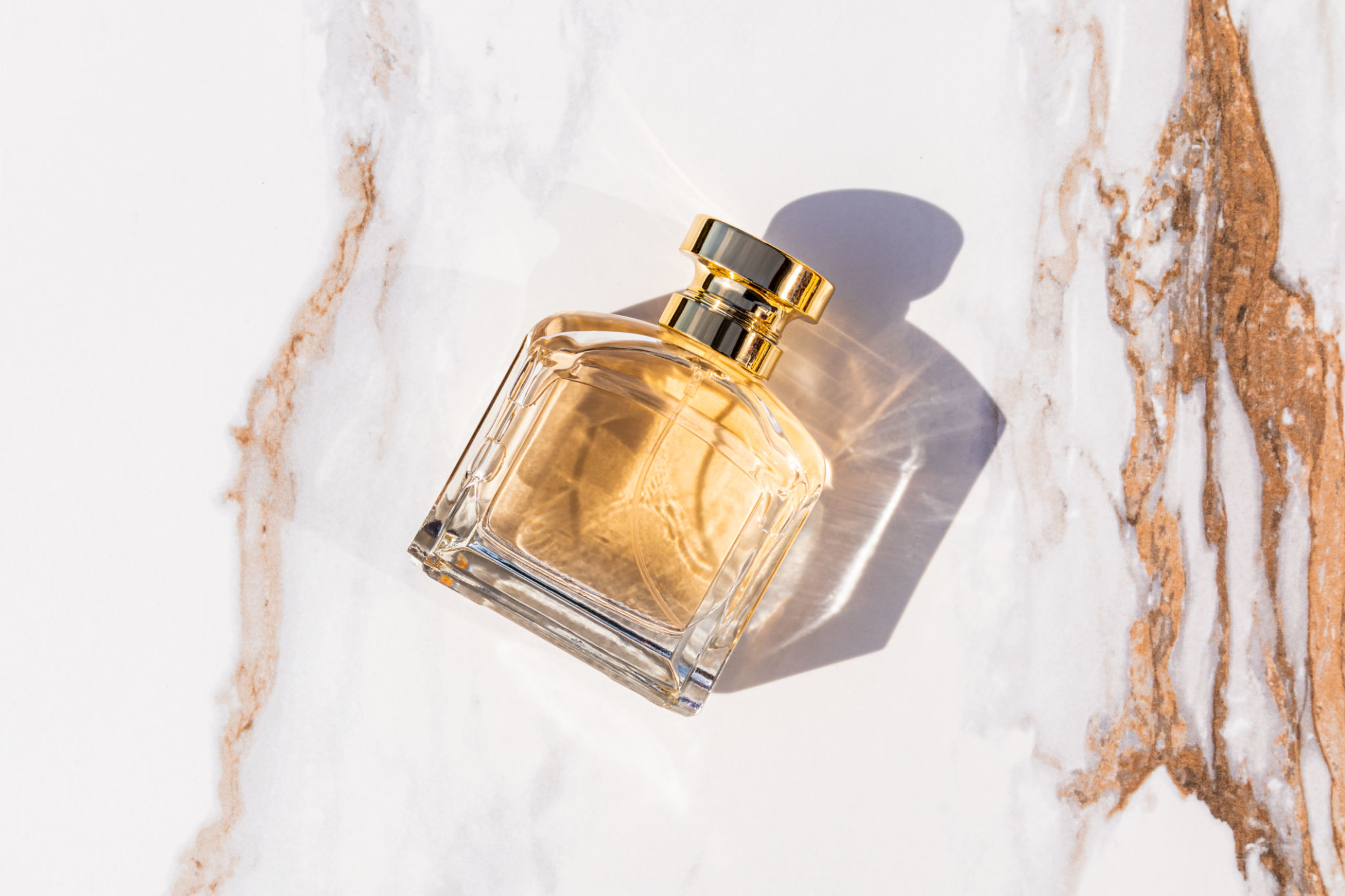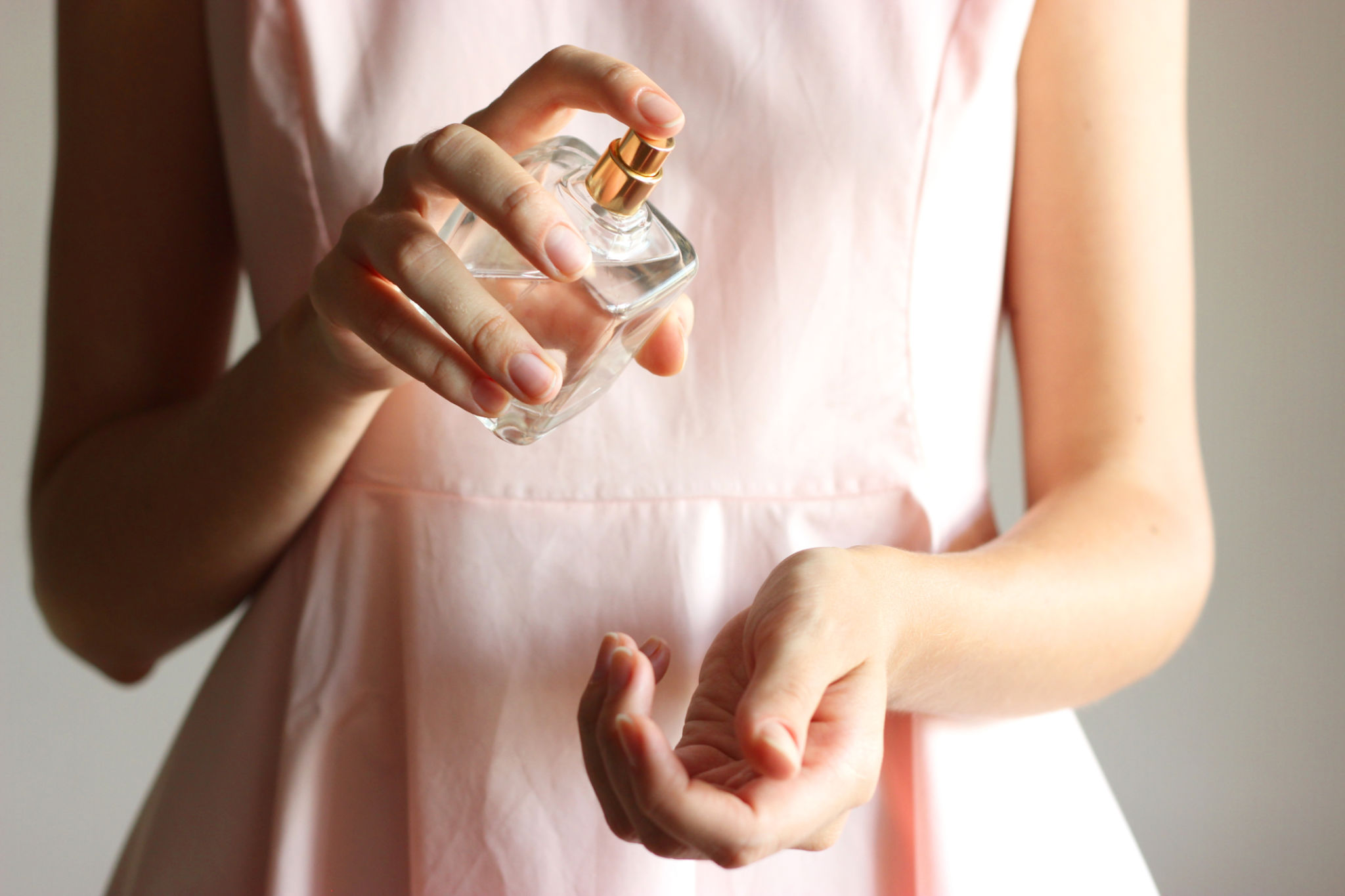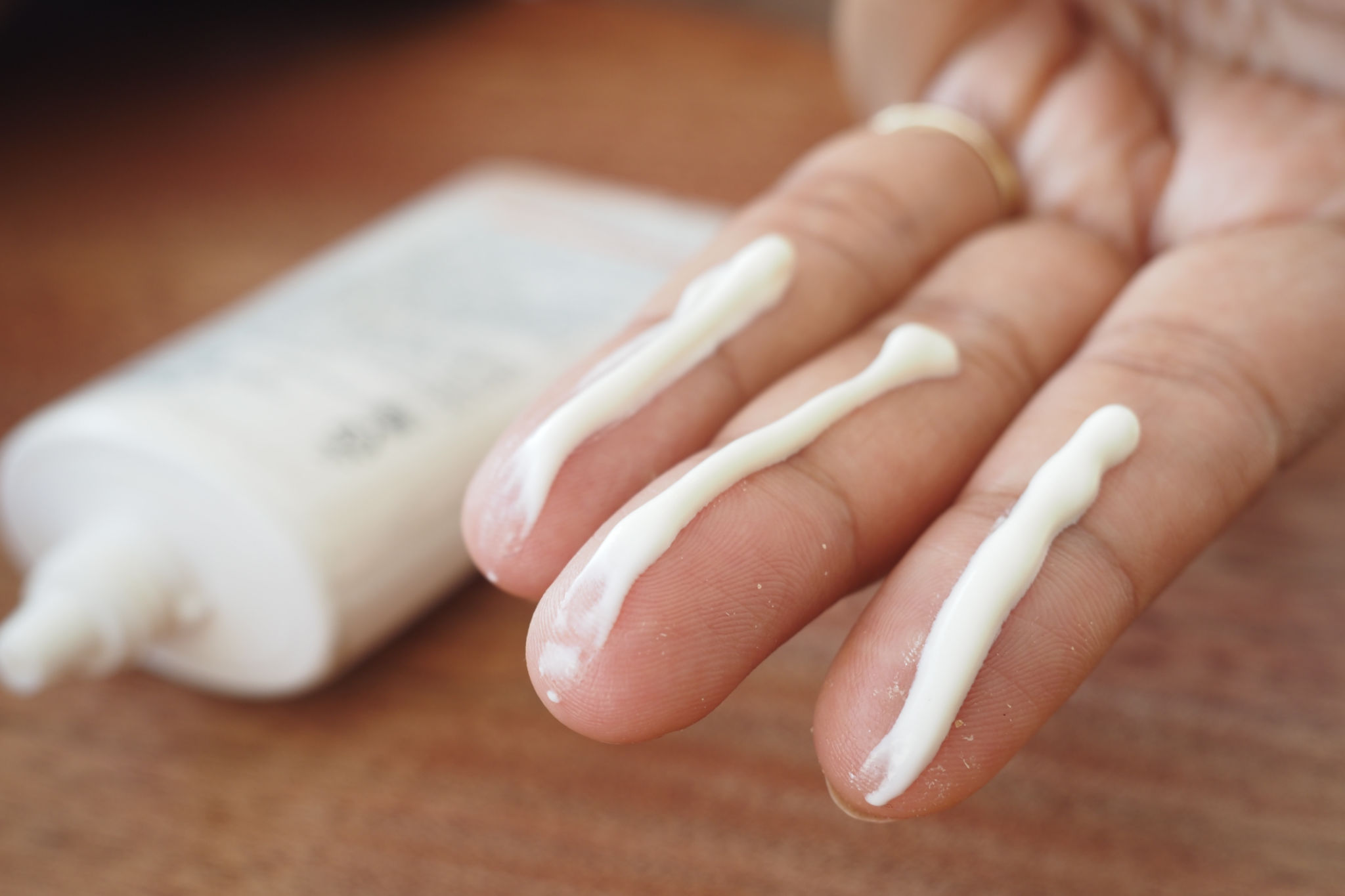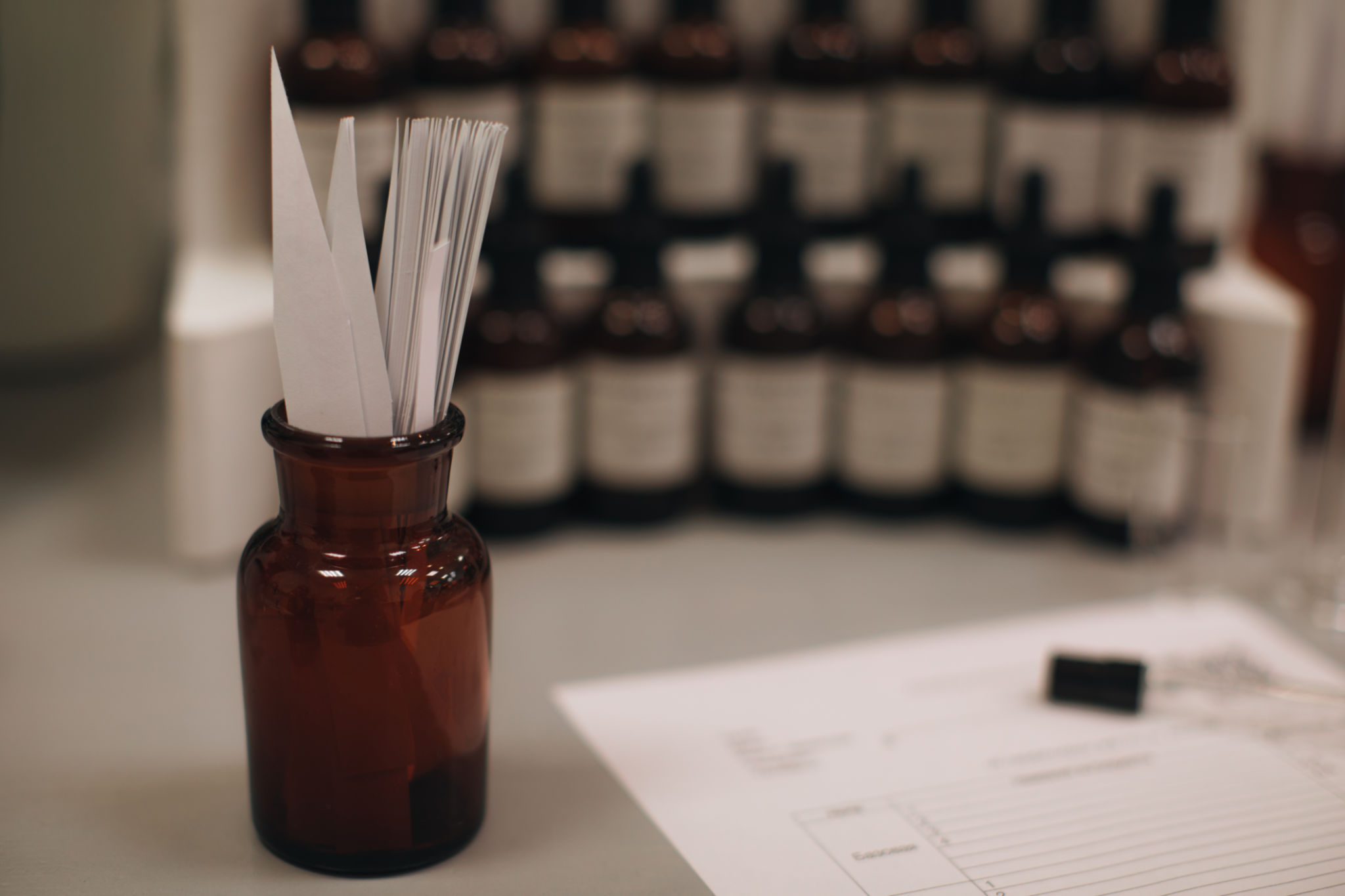The Ultimate Guide to Layering Perfumes for a Unique Fragrance Experience
Understanding the Art of Layering Perfumes
Layering perfumes is an art form that allows you to craft a unique and personalized fragrance that truly speaks to your individuality. By combining different scents, you can create a signature blend that sets you apart. Whether you're new to the concept or a seasoned fragrance enthusiast, understanding the basics of perfume layering can open up a world of olfactory possibilities.

At its core, layering involves applying multiple fragrances in sequence to create a harmonious blend. The key to successful layering lies in the balance and compatibility of scents. It's essential to experiment with different combinations to find what suits your personal taste and complements your natural body chemistry.
Choosing the Right Fragrances
When selecting perfumes for layering, it's important to consider the notes and composition of each fragrance. Generally, fragrances are categorized into top, middle, and base notes. The top notes are the first to be perceived and usually consist of lighter scents like citrus or herbs. Middle notes, also known as heart notes, are the core of the fragrance, often featuring floral or spicy elements. Base notes provide depth and longevity, with rich scents such as woods or musk.

To create a balanced blend, choose perfumes that complement each other rather than clash. For instance, a fresh citrus scent can be beautifully enhanced by a warm, woody base. It's also a good idea to start with lighter scents and build up to heavier ones to ensure the overall fragrance remains pleasant and not overpowering.
Techniques for Layering Perfumes
There are several techniques you can use when layering perfumes. One popular method is to apply each fragrance separately to different pulse points on your body. This technique allows each scent to shine individually while still contributing to the overall blend. Alternatively, you can mix two or more fragrances in the air before stepping into the mist for an even distribution.

Another approach is to layer by occasion or mood. For a daytime outing, you might opt for light and refreshing scents, while an evening event could call for deeper, more sensual aromas. By tailoring your fragrance choices to your activities or feelings, you can enhance your experience and make a lasting impression.
Experimenting with Combinations
Experimentation is key when it comes to layering perfumes. Don't be afraid to try unconventional pairings or step outside your comfort zone. You might discover surprising combinations that work beautifully together. Keep a journal of your experiments, noting which combinations you like and which ones you'd rather avoid in the future.
Additionally, consider incorporating scented body lotions or oils into your routine for added depth and longevity. These products can provide a subtle base layer that enhances your chosen perfumes' overall effect.
Troubleshooting Common Issues
While layering perfumes is a fun and creative process, it can sometimes lead to unexpected results. A common issue is overpowering scents that clash rather than complement each other. To avoid this, always test new combinations on a small patch of skin before committing fully.

If you find that your layered fragrance is too strong, try adjusting the ratio of each perfume or applying them to different areas of your body. Remember that less is more when it comes to layering; start with small amounts and build up if necessary.
Conclusion: Embrace Your Unique Scent Identity
Layering perfumes offers endless possibilities for creating a unique fragrance experience tailored specifically to you. By understanding the principles of scent compatibility and experimenting with different combinations, you can develop a signature scent that reflects your personality and style. So go ahead, indulge in the art of perfume layering, and let your creativity blossom.